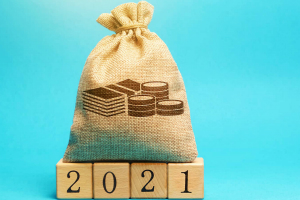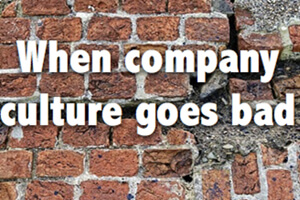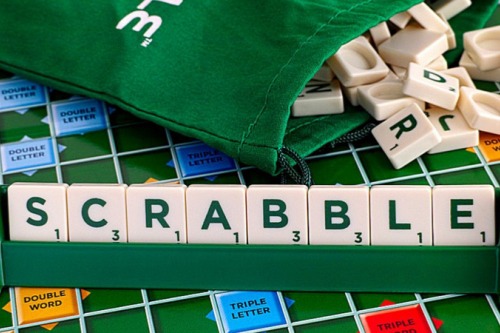Why Green Cardamom Is So Expensive
Narrator: Green cardamom is one of the most expensive spices in the world. Just one kilogram of it can sell for $90. But getting that little bit of green cardamom requires a lot of work. Harvesters need to collect 6 kilograms of these small raw pods by hand to produce just one kilogram of the spice. So why is it so hard to grow green cardamom? And is that what makes it so expensive?
Known as the “queen of spices,” cardamom comes from small oval-shaped fruits called pods, which contain several black seeds inside. Those seeds are what give green cardamom its uniquely citrusy, sweet flavor and aroma. The green cardamom plant grows in select regions around the world, but it especially thrives in India’s Idukki district, where Raja’s family has grown the spice for 30 years.
After cardamom is planted, farmers must wait three years for the plants to mature. When that waiting period is finally over, workers have most of the year, from July to next February, to harvest. While that’s a long harvesting period, not all of the pods can be harvested at the same time. And knowing precisely when to harvest is a job for highly-skilled workers.
Raja: We should monitor the fields closely and pluck the pods during the right time. If we don’t pluck it, it will go to waste, and if we pluck it early, it will be raw and not aromatic and won’t sell in the market. All of the pods can’t be picked. There are women who know how to harvest the pods. There will be five pods. Out of the these five, they will take the first two out; the first one that comes easily is the fruit. The next one is the raw pod. The third one is the grain.
Narrator: To do the job right, harvesters train for six months alongside experienced farmers. This is when they learn to decipher a ripe fruit that can be picked versus a raw pod that is not yet ready to harvest.
Raja: The fruit will not be easily identifiable, as the fruit and the raw pod will look green in colour.
Narrator: In the end, the plant doesn’t yield much. Farmers harvest a maximum of 10 pods, on average, from each plant. That number of pods produces only about 1.5 teaspoons of ground cardamom. But harvesting is just the beginning. Only after the pods are dried will they look like the green cardamom sold in stores. You can buy cardamom pods, just the black seeds, or ground cardamom, which are the seeds in powdered form.
All of the pods head to a separate location to dry for about 18 hours within a day or so after harvesting. Any delay will cause the pods to decay and lose flavor. Drying also preserves the spice’s green color – a factor that directly impacts how valuable a pod will be and what it will be used for.
Biju: Only if the hot air is carried out continuously without any interference will we get cardamon pods with good color.
Narrator: From here, the pods are cleaned and sorted. Workers use their hands to push and separate the smaller, lower-quality pods through the holes. Each pod is then graded based on its size, weight, and color. Highly-valued pods are bigger, greener, and full of seeds. Out of all the cardamom Raja harvests, the majority won’t be worth very much. In fact, only a sixth will qualify as good-quality, marketable cardamom.
Alagesan: This cardamon is first quality. It is 8 millimeters. This is expert quality, and it has a lot of seeds. This is 1,600 Indian rupees [$21.32] according to today’s market standards.
Narrator: Some exported whole green cardamom pods from other producers can be even costlier, retailing for over four times the price, at $90 per kilogram. The company’s lowest grade costs 900 Indian rupees, or about $12, per kilogram and can be sold as ground cardamom. Pods with any sign of discoloration or rot aren’t marketable and will therefore be rejected.
Alagesan: Since this pod has overripened and burst, this pod is rejected. Since this has rotted while growing in the plant, it doesn’t have anything inside it.
Narrator: But this whole process could be totally disrupted by changes in weather. If there’s too much rain, the pods will rot. If there’s not enough, they’ll burn out from the sun. More recently, the world’s climate crisis and unpredictable weather in India’s Idukki district specifically have hurt supplies of green cardamom. The district makes up at least a sixth of global production and roughly three-quarters of India’s green cardamom production. But its supply took a hit in recent years, as harsh weather and rains ruined farmers’ crops. This drove up the prices of cardamom in 2019, but didn’t necessarily benefit small farmers.
In order to make a huge profit, farmers need a large inventory. And when cardamom is sold in small amounts by small farmers, most of the payment is used to cover the cost of production only. Raja spends about 15,000 Indian rupees, or about $200, per acre just on fertilizer. That’s between 10% and 15% of the total profits he’ll make off that acre. And those profits often don’t cover the total Raja must spend on production.
Raja: We have incurred losses. Because of storms, floods, and rains, the trees have fallen down. If such a scenario happens, we’ll have to put money out of our pockets and restore the plants. We spent money out of our pockets and pay the laborers and for medicines and fertilizers. Only if all the conditions are favorable can we make profits.
Narrator: All this considered, the global cardamom market is expected to grow by about $169 million between 2021 and 2025. This is good for the industry, but could present a challenge for farmers unable to meet demand as the climate crisis continues to threaten the supply of this coveted spice.















